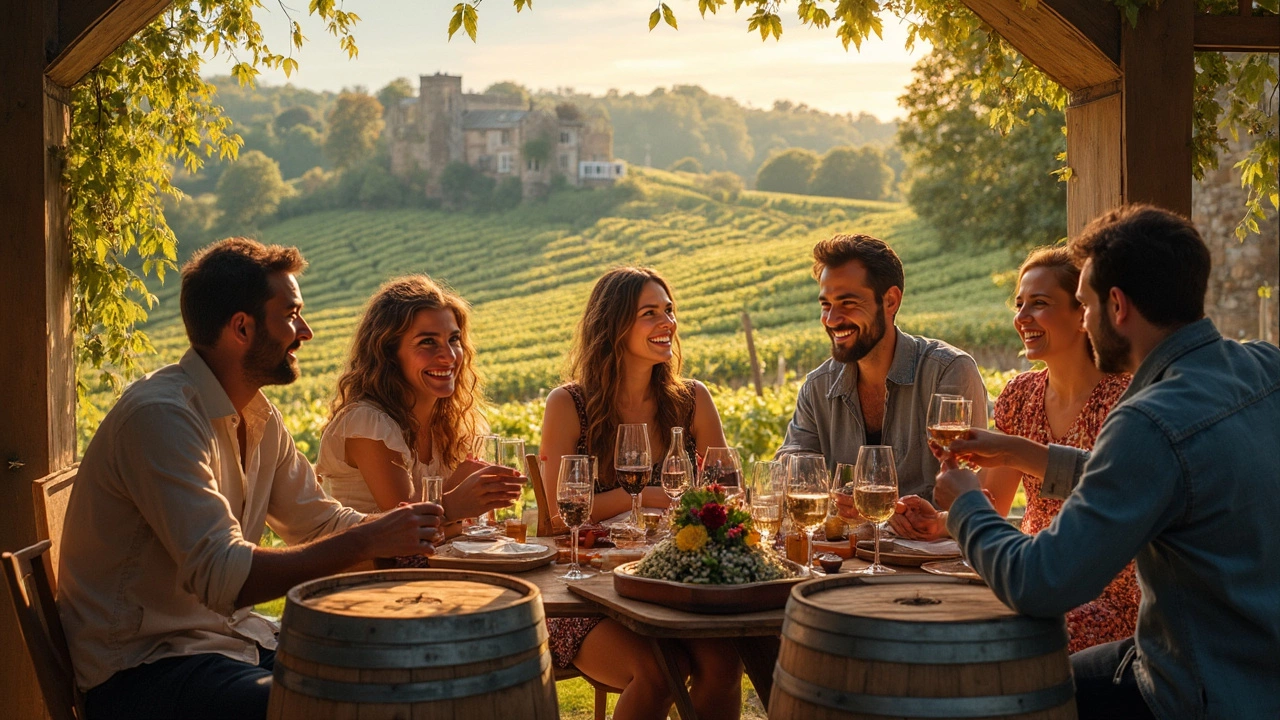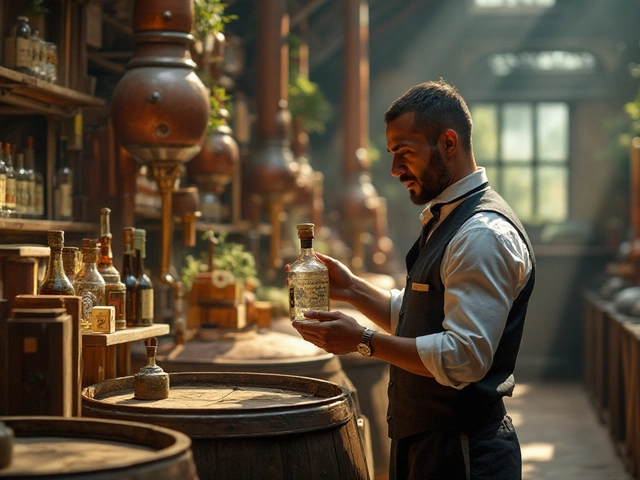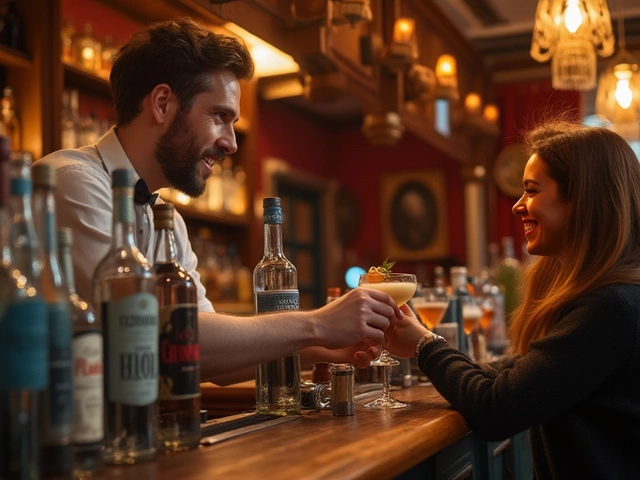Wine Tasting Duration: Find the Perfect Time for Your Session
Ever walked into a tasting and felt the clock ticking? Knowing how long a wine tasting should last can turn a rushed blur into a relaxed experience. Below you’ll get the basics on timing, the factors that shift the clock, and easy ways to keep your tasting on track.
What Affects How Long a Tasting Should Last
First, the number of wines matters. Tasting three or four wines usually fits in a 30‑minute slot, while a flight of eight to ten needs an hour or more. The type of wine also plays a role – light whites and sparkling wines are quicker to judge than heavy reds that need a swirl, sniff, and a few swallows to reveal their depth.
Where you taste matters, too. A casual bar or home gathering lets you pace yourself, often stretching an hour with chat and snacks. A formal winery tour, especially if a guide is sharing stories, can push the session to 90 minutes or longer. The group size changes things as well; more people mean more opinions, more questions, and inevitably more time.
Experience level is another hidden timer. Beginners may need extra moments to identify aromas or decide on a favorite, while seasoned tasters can move faster because they’ve trained their palate. Finally, the time of day can affect how long you want to linger – an early‑afternoon tasting might feel shorter than an evening session when you’re winding down.
Practical Tips to Keep Your Tasting on Track
Plan ahead. Decide how many wines you truly want to explore and stick to that number. A good rule of thumb: one wine per 10‑12 minutes, plus a few minutes for notes and palate cleansers.
Use palate cleansers wisely. A slice of plain bread, water, or a mild cheese resets your taste buds faster than waiting for the natural fade. This not only protects your palate but also shortens the downtime between pours.
Take quick notes. Jot down a single word or two that pops up – “citrus,” “oak,” “smooth.” You’ll capture the essence without pausing for long reflections, keeping the flow steady.
Schedule brief breaks. A two‑minute pause after every three wines gives everyone a breath and prevents palate fatigue, which is the biggest cause of rushed or drawn‑out tastings.
Mind the order. Start with lighter wines and move to richer, more robust bottles. This natural progression reduces the need to “reset” your palate multiple times, saving minutes.
Finally, communicate the timeline at the start. Let the group know you’re aiming for a 45‑minute session, for example. When everyone shares the same expectation, the tasting stays focused and enjoyable.
Whether you’re a novice or a seasoned sipper, matching the wine tasting duration to your goals makes the experience memorable, not stressful. Use these tips, adjust for your setting, and you’ll walk away with clear notes, happy taste buds, and plenty of time to chat about your favorite bottles.
Ever wondered how much time to set aside for a wine tasting? This article breaks down how long the experience usually lasts, covering standard sessions, private tastings, and the difference between quick visits and full tours. Expect useful tips to make the most of your time, plus a few surprises about what might speed things up or slow them down. Perfect if you're new to wine tasting or planning a group outing.
View Details

